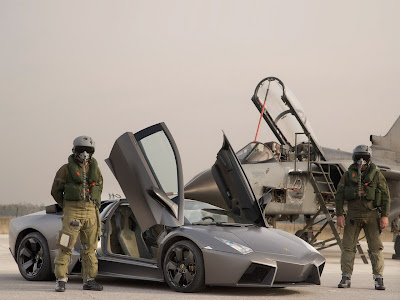The Ariel Atom is an unusual car in several respects. Unless one lives in the desert it is not a choice for a one-car owner. It is also not a car to be driven bareheaded. Nor is it a car for the driver who does not wish to be visible.
It has no roof, no windshield and no windows. The driver and passenger sit in an open two-seat cockpit that has no protection from the elements.
It has a long, low look with a distinctively cone shaped hood and a squared off rear. A sidebar assembly on each side protects the driver and passenger from tumbling out. The engine is mounted behind the driver. This car is around 11 feet long by 6 feet wide and just under 4 feet high.
Another unusual feature of the car is its design origin. While most cars originate in the design studies of various car manufacturers, the Ariel Atom was birthed on the Coventry University Campus in England.
It was the student project of a transport design student named Nik Smart. At the time, an Ariel Motor Company executive was also a senior lecturer at the University. He mentored the project as financial manager and design critic. Funding and input were also obtained from other members of the British automotive industry, notably TWR and British Steel.
It made its debut at the British International Motor Show at the NEC in Birmingham, England in October 1996.
Based on its high performance features, this vehicle qualifies as a super car. Practically all super cars have the ability to go from 0 to 60 mph in less than four seconds and are able to attain top speeds of 180 mph or faster. These abilities are due to a low weight-to-power ratio.
To understand this phenomenon we must refer to Newton's first law of motion, which defines inertia as 'the tendency of an object to stay at rest or an object in motion to remain in motion unless acted upon by a unbalanced force.' The heavier and object the more it can resist changes in its motion and the more difficult it is to move. By contrast the lighter the object, the easier it will move. This is why lightweight cars can achieve high acceleration.
It weighs a little over 1,000 pounds and has an engine capable of generating 300 horsepower. This gives it a weight to power ratio of 4.10. The Atom can accelerate from 0 to 60 mph in 2.8 seconds out performing such super cars as the McLaren F1, the Bugatti Veyron, the Ferrari Enzo and the Porsche Carrera GT.
The Atom is sold as an off the road vehicle however it can be made street legal if purchased as a kit. The owner can then assemble the car in his garage to meet all federal and state-mandated safety guidelines. Once properly assembled, the Atom is legal to drive on U.S. highways.
While the Atom stands out in performance compared to other supercars it does not come with the high price tag affixed to most supercars. The Atom is priced from $35,000 to $75,000, which in comparison to the million dollar McLaren F1 or Bugatti Veyron, is relatively inexpensive.







































